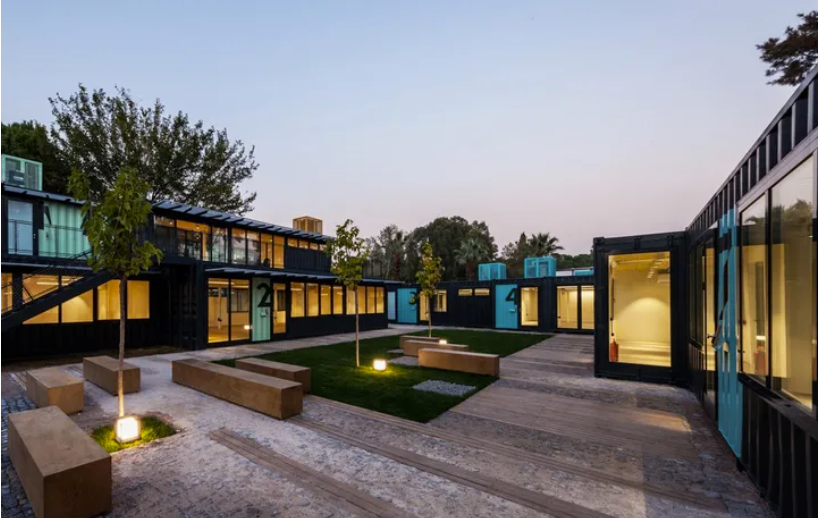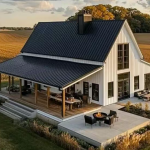Moblie: 8613816755915
Advantages of prefab shipping container homes
Shipping containers, have recently gained immense popularity among smart and practical homeowners looking for an affordable and sustainable housing option. Although these steel boxes are traditionally used for hauling cargo around the world, today, they’re increasingly being used for residential and commercial applications. This is largely due to their many distinct advantages. Here’s why they’re becoming the go-to option for home owners and entrepreneurs.
Durability & Structure
Shipping containers are built to last. Designed to withstand the heavy wear and tear of transporting goods via maritime travel, they feature strong walls and ceilings to protect against winds, fire, and water. In comparison to homes built with traditional materials such as bricks or wood, shipping containers are resistant to insects and rot. In order to ensure the fire resistance of Prefab shipping container homes, when the shipping container is being remodeled, the addition of flame retardant rock wool material can not only enhance the fire resistance, but also play a role in heat insulation and sound insulation.
Additionally, the steel structure of the container house provides superior strength and support compared to conventional homes. This structure, along with the unique nature of the containers, gives these homes a distinct look that’s entirely different from traditional construction.
Speed & Cost Efficiency
Construction on traditional homes can take anywhere from six to eighteen months or more, depending on the project. By contrast, a container home can usually be built much faster, depending on the size. On average, a three or four-bedroom home can be constructed in two weeks, with smaller projects completed in just one week.
Shipping containers are often easier and cheaper to purchase than traditional building materials. Since they are mostly converted from old shipping containers, the cost is low. Most of the work is done at the factory, saving labor costs on the job site. This makes them a great choice for those looking to live an off-the-grid lifestyle or purchase an affordable source of income property.
Eco-friendliness
Shipping containers are made of recycled steel and are considered a “green” building solution. Repurposing existing fabrications into homes doesn’t require any natural resources, which means that preexisting shipping containers don’t need to be produced from scratch. This approach also helps to reduce waste, since the containers can be repurposed multiple times before they reach the end of their lifespan. According to the popular concept of environmental protection, it can reduce carbon dioxide emissions and pollution.
Design Flexibility
Prefab shipping containers can be used for many different types of housing, from studios to families and even offices. The modular nature of shipping containers makes them ideal for customizing and adapting to a given space or need. They can be configured in different sizes, stacked to create multi-story buildings, and connected to form larger structures. Shipping containers are also lightweight and easy to transport, so they can be quickly moved and installed on a property with minimal effort.
In addition, the metal frames and walls of the containers can be removed, giving the option of additional windows and outdoor features like balconies. With plenty of options for customizing, it’s easy to turn a shipping container into a unique, stylish retreat that offers the same amenities as a traditional home.
Movability
The prefab shipping container homes, since they themselves originate from shipping containers, which are used for transportation, determine the portability of prefab shipping container homes. Compared with traditional buildings, the prefab shipping container homes can be easily relocated and moved, and are suitable for temporary places or future relocation needs.
In short, the prefab shipping container homes have entered the public’s attention as the latest living choice of people. It can not only flex its muscles in the commercial and office fields, but also give people new ideas and choices in the residential field. There may be many people who still have their own doubts and attitudes towards this kind of house. But in any case this has the potential to usher in the next era of housing.


